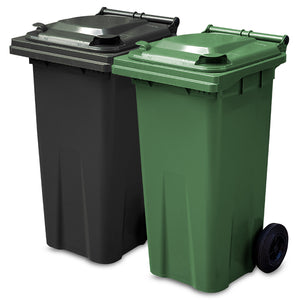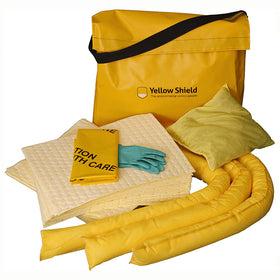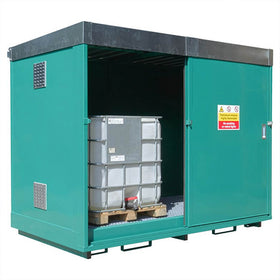Importance of using spill containment pallets
Spill containment pallets are usually made up of polyethylene or steel sump containers that are available in a variety of sizes depending on the amount of liquid you wish to safely store. Their main purpose is to maintain the safe storage by catching any drips, leaks or spillages from drums or any other type of fluid container. When the containers are filled with chemicals or flammable liquids, it is essential to protect from any type of leakages that could be a potential risk to the environment. Containment pallets are generally made from high quality density polyethylene, most models also have a removable poly grates for simple cleaning.
The all-polyethylene spill containment units feature a weather-proof, lockable design, which allows the secured storage of wastes and hazardous materials. Polyethylene construction is used due to its excellent resistance to chemicals. It also prevents the spill containment pallets from suffering to environmental conditions, such as corrosion and rust.
Spill containment pallets are traditionally available in 1, 2, 4, 6 and 8 drum models, so you can get the size you need depending on your requirements. Low-profile and strong spill pallets greatly help to comply with the oil storage regulations 2001. They are also safe and effective means for storing poly drums, steel and excess spills or leaks off of the ground.
Containment pallets also have an optional feature of a drain plug which enables users to bleed the sumps easily if needed. Moreover, the low profile of spill containment pallets also make unloading and loading quite easy. One should always opt for spill pallets when it comes to maintaining a risk free business, especially if you are handling liquids and chemicals on a regular basis.



